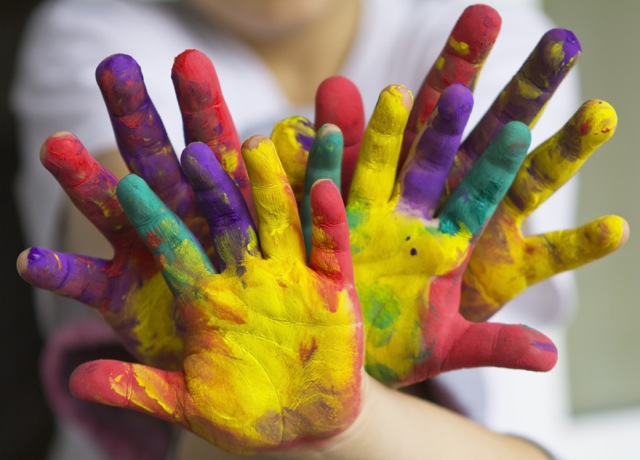Applying the Hybrid in Primary School
After doing the Hybrid task, we started reflecting on how we could apply this on a Primary School class.
First of all, the obvious thing we are working with in this kind of exercise is creativity. We are encouraging children to be creative, to use their imagination in order to create a hybrid of a natural and an artificial one, without being necesseraly beautiful or "normal". What we prioritize is the children's capacity to let go of the canons, to step aside and create.
Another question that arose was how could we explain to them the task because maybe telling them to mix something natural with something artificial did not say anything to them. Instead, if we told them to mix animals and plants with toys and machines or living beings with objects. The important thing is to take into account that children have a different level of understanding than us and we cannot expect for them to get everything, regardless of how simple it looks to us. Thus, we have to adapt, take into consideration their level of development and speak in a language they understand so they can do the tasks adequately.
Also, something that drawing and painting allows is to relate any tasks we do to other subjects in class. For example, if maybe in Science, children are studying mammals, they can do this task by choosing a mammal for the natural part. This way, they are also applying contents of other subjects when drawing and as we saw in the article El Dibujo Infantil y Adulto, by drawing, we retain a lot more of information. Hence, it will not only be useful for the teacher to keep applying other subjects' contents but it will also help and make it easier for the children to learn.

Comments
Post a Comment